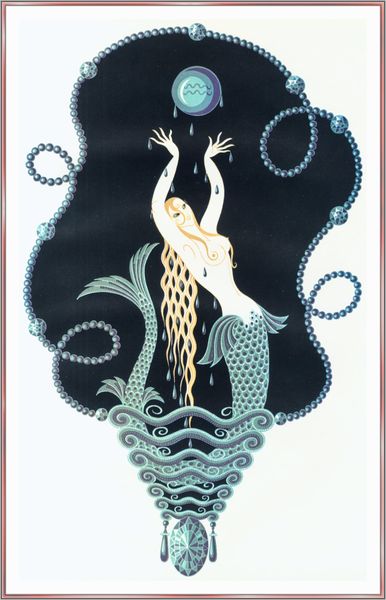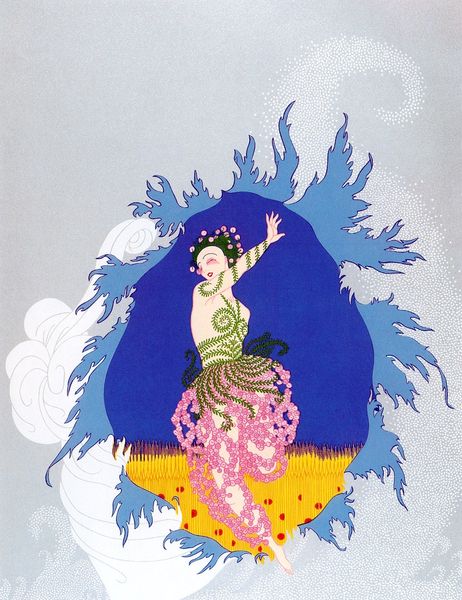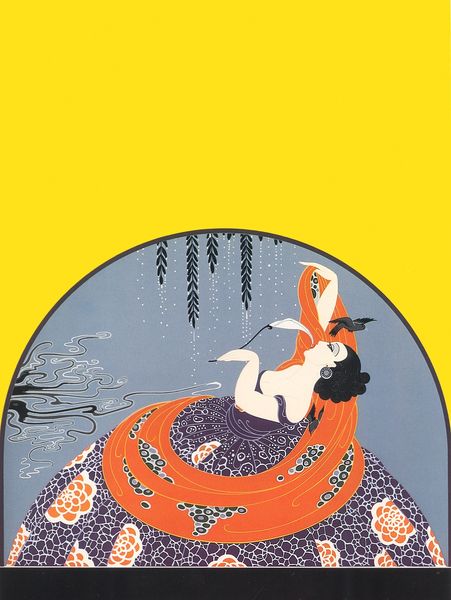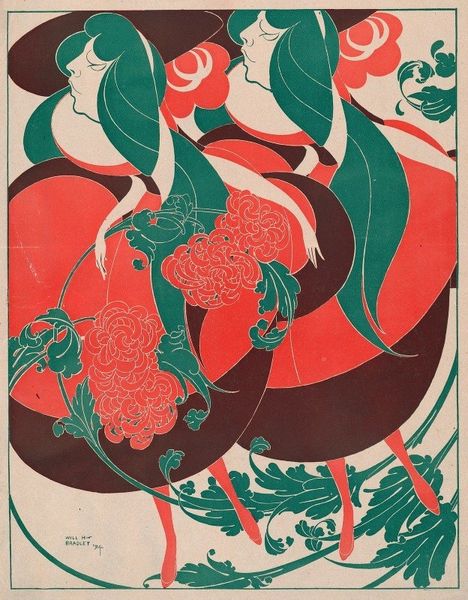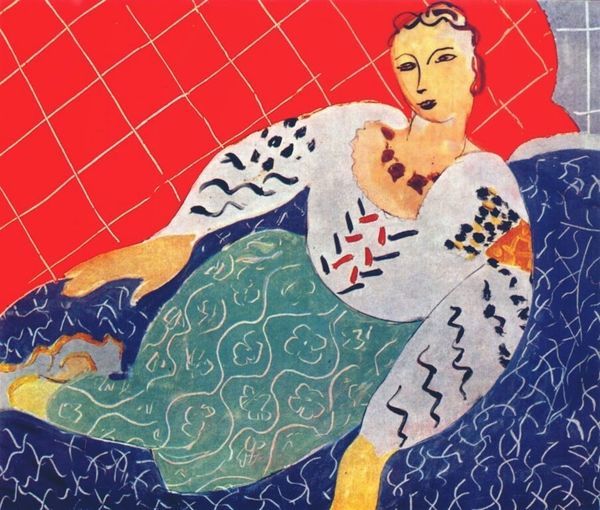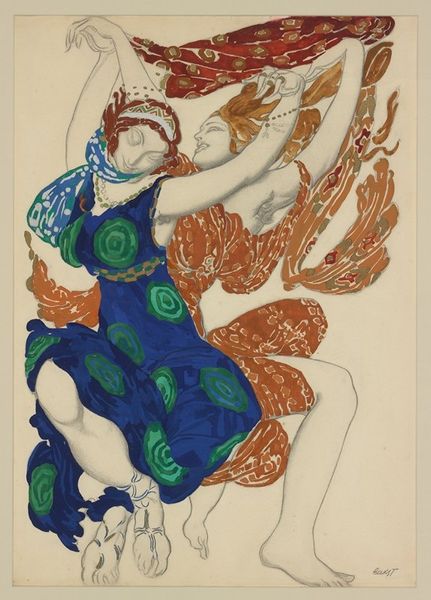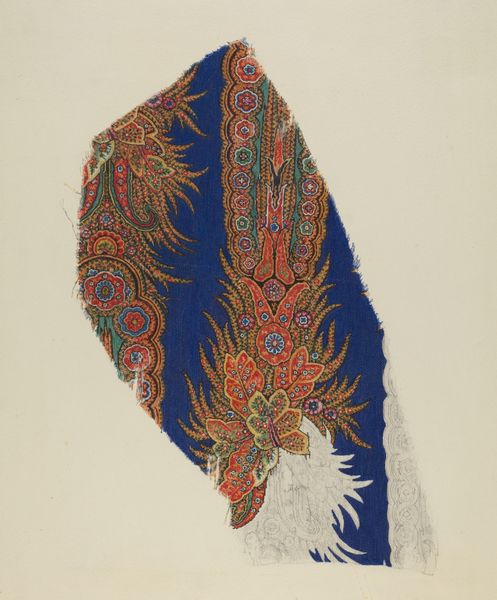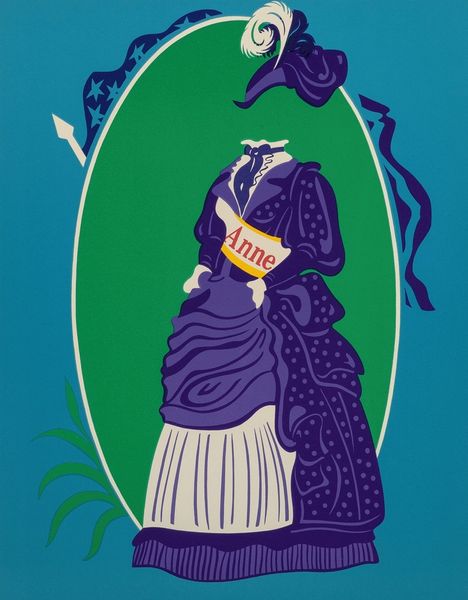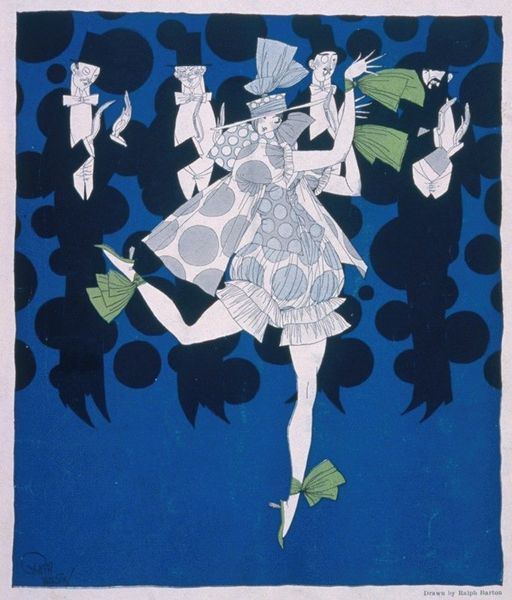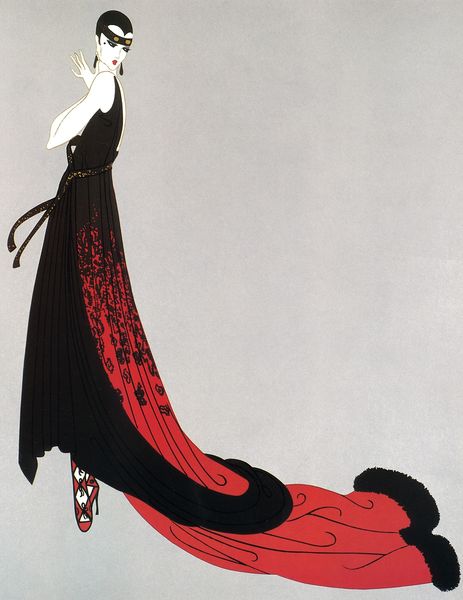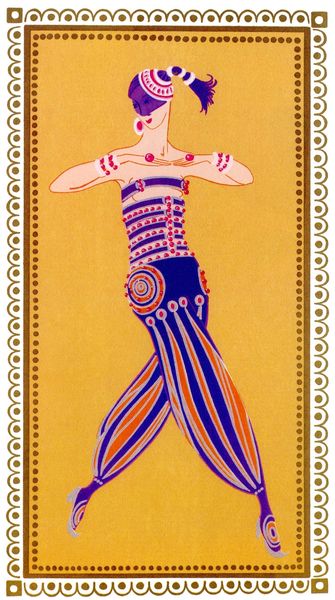
Copyright: Modern Artists: Artvee
Editor: Here we have Robert Indiana's "Lillian Russell," created in 1977. The simplified forms and bright colors really strike me; it feels very evocative of the Pop Art movement. What stands out to you most about this piece? Curator: Well, placing it in its historical context is key. Indiana's work often plays with the idea of the American Dream, and celebrities like Lillian Russell were, in their time, embodiments of that. How does this flat, almost iconic representation relate to her real persona? Editor: So, it's not just a portrait, but almost a comment on celebrity itself? Curator: Precisely! The Pop Art movement often engages with mass media and consumer culture. Think about how celebrity images are circulated and consumed. Do you see this portrait as a celebration or a critique? Editor: I guess I initially saw it as celebratory because of the vivid colours. But now, thinking about your point, the flatness might suggest something… artificial? Curator: That’s an insightful reading! The visual language employed serves to simplify and perhaps even flatten the complexities of individual identity. Editor: It's interesting to consider how Indiana uses this imagery to talk about broader cultural phenomena rather than simply immortalizing an individual. Curator: Exactly. Art is so intertwined with culture. Even in what seems celebratory, we can find elements of questioning or critique about celebrity and representation itself. Editor: This has really changed my perception. I initially saw a Pop Art tribute, but I now appreciate the deeper layers of social commentary. Thanks! Curator: My pleasure! It's all about understanding the conversations art has with its time.
Comments
No comments
Be the first to comment and join the conversation on the ultimate creative platform.

